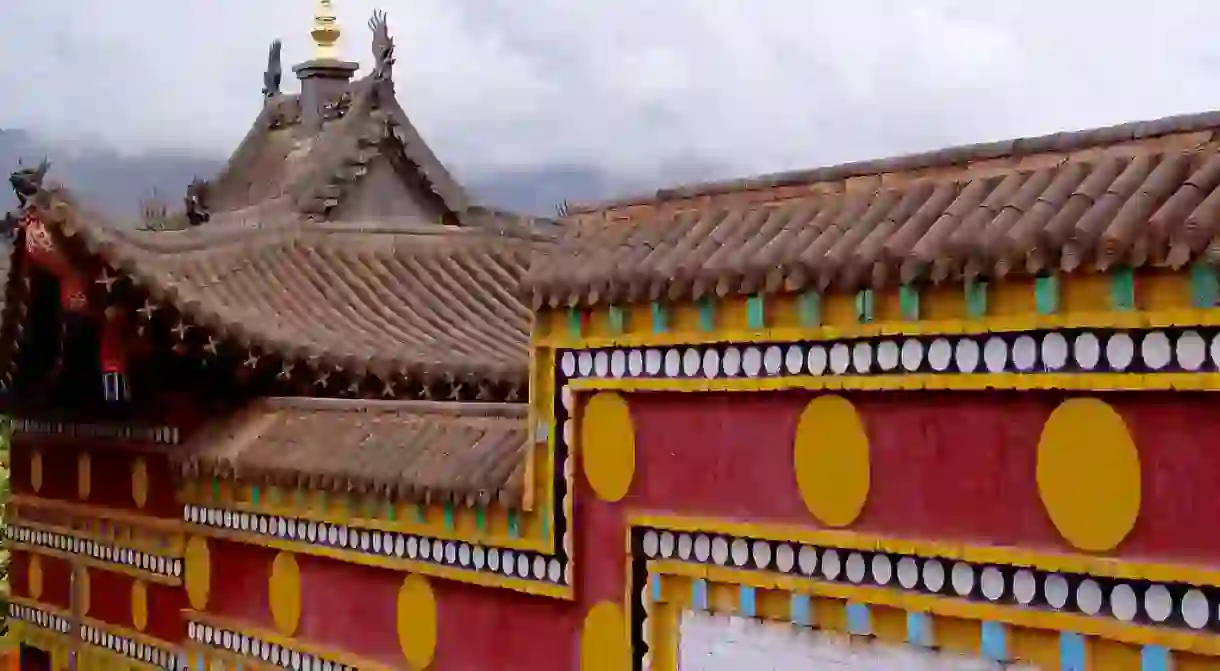Spotlight on a Chinese Province: Qinghai

Qinghai, located in the northwest of China between Xinjiang, Tibet, Gansu and Sichuan, is one of China’s largest but most sparsely populated provinces. Much of Qinghai is historically part of Tibet, and, as such, the province enjoys much Tibetan culture, perhaps the most a traveler can experience without getting the permit to go to the Tibetan Autonomous Region. In fact, the joining of many cultures can be witnessed here, with Han, Tibetan, Hui, Tu and Salar people making up this melting pot of a province.
Outside the cities of Xining and Golmud, Qinghai is scattered with small villages, nomadic populations, labor camps, prisons and nuclear testing sites. Stick to the abundant natural highlights, and Qinghai might just become your favorite place in China.
Major Cities
Xining
Xining is the largest city in Qinghai and a charming mix of Islamic and Tibetan Buddhist culture. Muslims gather for prayer at the Dongguan Mosque, and Buddhists have several prominent monasteries from which to choose. In the hills surrounding the city you’ll find the North Mountain Temple, a Taoist temple built into the cliff face. Another great place to visit in Xining is the South Mountain Park, which offers perhaps the best view of the city.

Golmud
While Golmud, the second largest city in Qinghai, has little itself to see, it is the starting point of the scenic Qinghai-Tibet railway, a favorite of travelers to Tibet and one of the best ways to take in the Tibetan Plateau. Before you hop on, be sure to stop at the nearby Chaerhan Salt Lake, which not only sustains the local economy but also offers visitors a look at gorgeous reflections of the sun and unique salt formations.
Other Travel Destinations
Qinghai Lake
Qinghai Lake is the largest lake in China and home to more than 10,000 migratory birds from all over Asia. The lake remains frozen for three months out of the year and is often circumambulated by Tibetan Buddhist pilgrims who report that it takes 23 days to walk around in its entirety. If you don’t have that kind of time, another great way to experience the lake is by rental bike.

Mt. Bukadaban
Mt. Bukadaban may not be as famous as Mt. Everest, but its stunning, remote peak, the highest in Qinghai, provides similarly dramatic views. It is the fifth tallest mountain in the world and classified as an ultra-prominent peak by topographers.
Kumbum Monastery
Kumbum Monastery is a Tibetan gompa not far from Xining. When Je Tsongkhapa, the founder of the Gelug school of Tibetan Buddhism, was born in a nearby town, his father supposedly buried the afterbirth at the site of the Kumbum Monastery and soon, legend says, a sandalwood tree grew on the spot. That is how the location of the temple was chosen. Today, over 400 monks reside at Kumbum, and visitors can see them in daily worship.

Bei Shan Forest Park
Bei Shan Forest Park, located in Huzhu County, is often a traveler’s favorite place in Qinghai. Surrounded by forest, rivers and mountains, this oasis is perfect for hiking or camping. There are two primary spots to set up your tent, with the more remote option of Zhalonggou being the best. On the drive here from Xining, you will pass several yak farms as well as a small Tibetan village.
Grasslands
If you’re not going to one of the cities or to the destinations listed above, chances are you’re going to the grasslands, because that is what covers the majority of the province. Full of nomadic peoples, the grasslands are a wonderful alternative to the more frequently visited ones in Inner and Outer Mongolia.

Cuisine
Qinghai is largely cold, dry and at a high altitude, which means that, similarly to Tibet, the cuisine is based on meat, dairy and barley rather than on vegetables. Qinghai food shows influences from all of its ethnic groups, with popular dishes including mutton, blood sausage and Hui-style dumplings, which are typically filled with carrots, potatoes and heavily seasoned meat shreds.













